Picture this: billions of years ago, your day would have been over in just five to six hours. Yes, only five to six hours! The very Moon that now takes its sweet time rising over the horizon was once dramatically closer to Earth, spinning our planet like a cosmic top. This isn’t science fiction – it’s the remarkable story of how our celestial companion has been silently reshaping time itself.
Over eons, the Moon’s gravitational pull created tides that acted like brakes, gradually slowing Earth’s rapid spin. As the rotation eased, days lengthened—from a handful of hours to the 24 we know today. Fossil corals and ancient sediments even hold a record of this cosmic tug-of-war, preserving evidence of shorter days locked in deep time. And the process isn’t over—the Moon is still drifting away at about an inch and a half each year, stretching our days ever so slightly longer. It’s a quiet dance between Earth and its satellite, one that continues to shape the rhythm of life itself.
The Cosmic Dance That Started It All

Earth’s Moon was born out of destruction roughly 4.51 billion years ago when a Mars-sized object called Theia smashed into our planet. But here’s where things get really interesting – after this cosmic collision, Earth wasn’t the familiar blue marble we know today. The early Earth was covered in a magma ocean hundreds of miles deep that was melted by the energy released during the collision.
When the Moon first formed, it was seventeen times closer to Earth than it is today, sitting at just 15,000-20,000 miles away compared to our current 238,855 miles. Imagine looking up at the night sky and seeing a Moon so massive it would cover nearly your entire view! In those early days, a single day on Earth possibly lasted only five to six hours.
When Minutes Actually Mattered
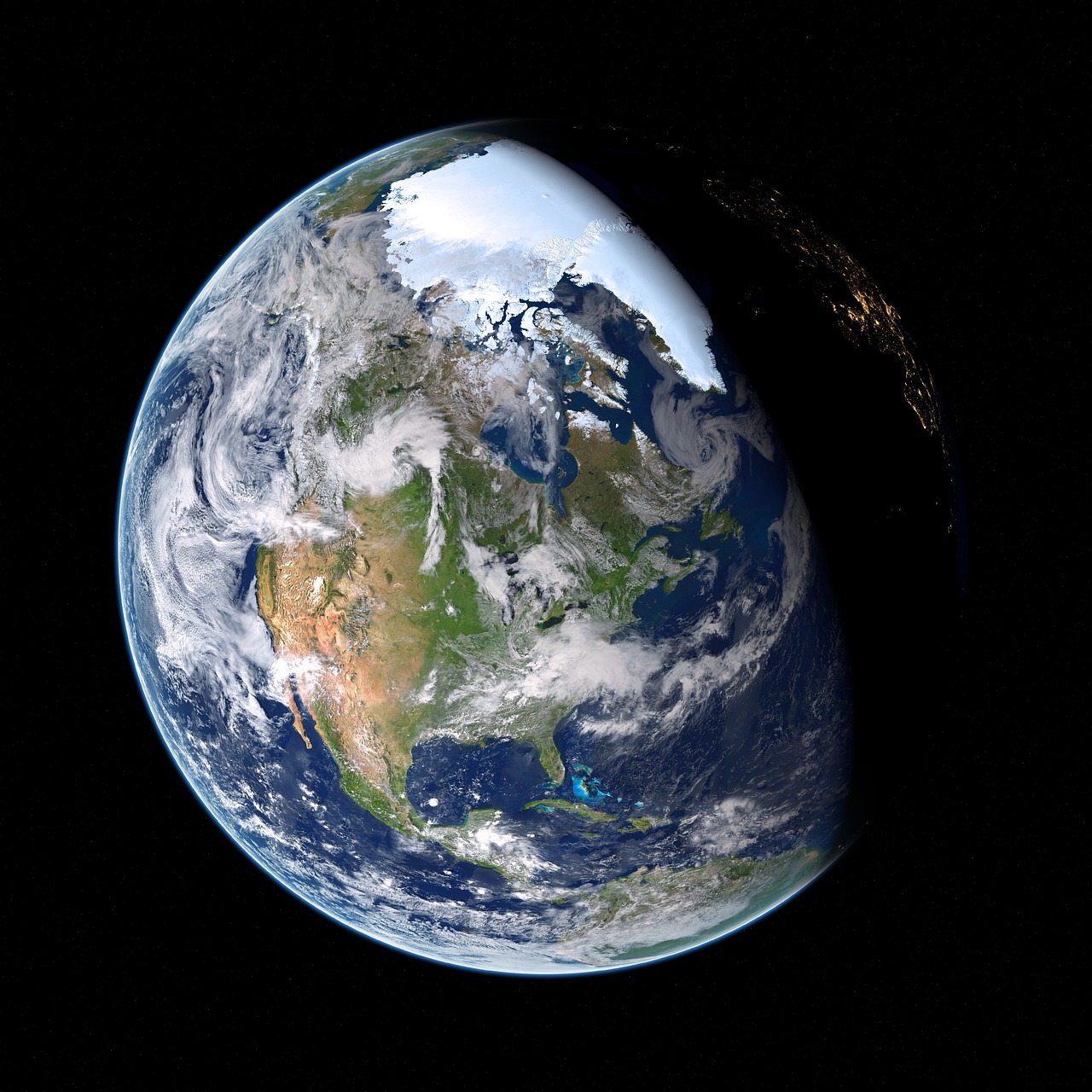
Earth’s days are getting longer at a rate of about 1/500 of a second per day per century. That might sound impossibly small, but over geological time, these fractions add up to something mind-boggling. Estimates from ancient rock records show that the length of the day has increased steadily from about 21.9 hours at 620 million years ago to the current 24-hour value.
The loss of rotational kinetic energy results in a gain of about 2 milliseconds per century. Think about it this way: every single sunrise you’ve ever witnessed lasted slightly longer than the one your great-great-grandparents saw. Time isn’t as constant as we think!
The Moon’s Great Escape Act
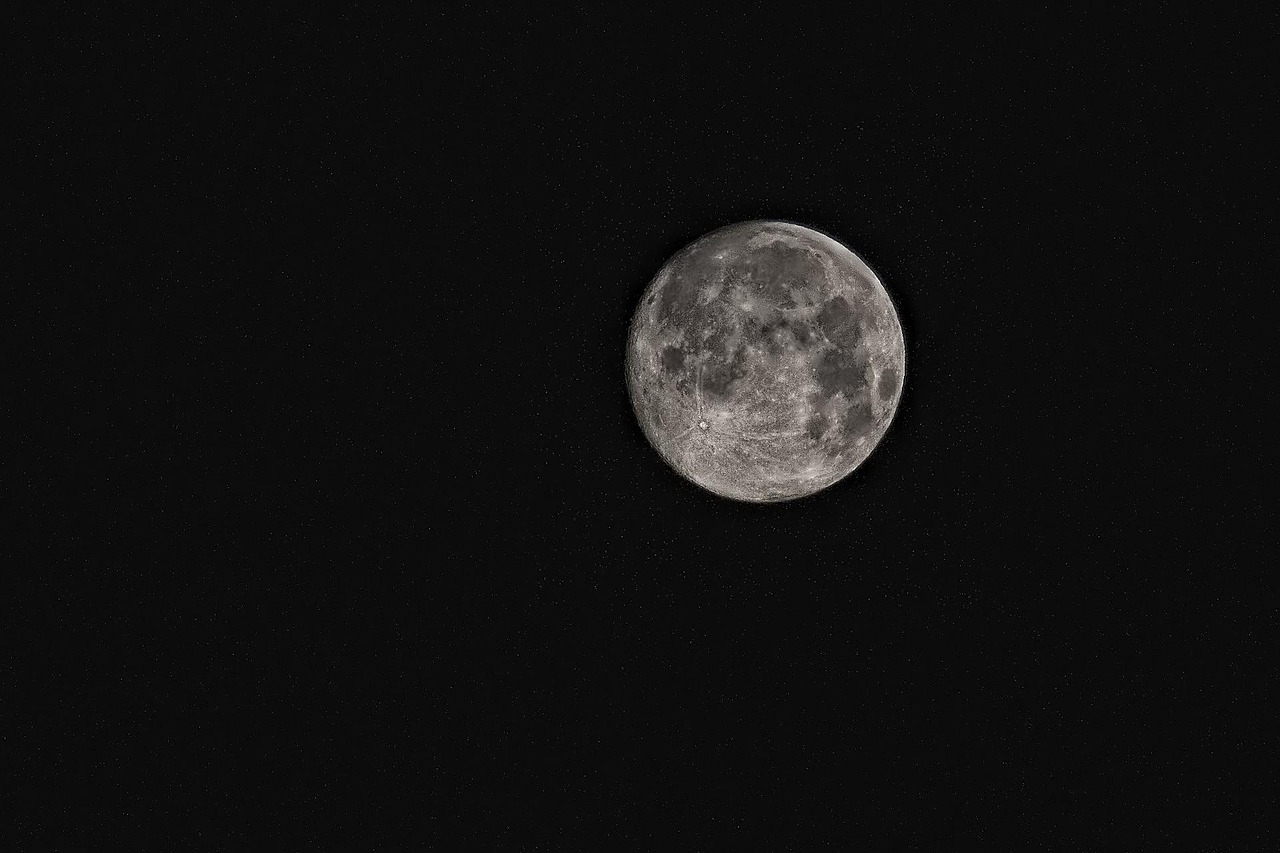
The Moon still drifts further away at about 3.8 centimeters per year, and this process has been happening for billions of years. This interaction creates friction that slows Earth’s own rotation, and creates forces that change the Moon’s orbital speed, causing it to fall farther away into space.
What’s fascinating is that this isn’t a smooth, steady process. Over hundreds of millions of years, the Moon receded at an average rate of 22 millimeters per year, and the day lengthened at an average rate of 12 microseconds per year, both about half of their current values. The present high rate may be due to near resonance between natural ocean frequencies and tidal frequencies.
It’s like the Moon and Earth are engaged in an eternal tango, with each partner’s movements affecting the other in increasingly subtle ways.
Reading Time From Ancient Rocks

How do we know any of this happened? Scientists have become incredibly clever at reading Earth’s ancient diary. The analysis of sedimentary cyclic rhythmites of tidal origin has provided information on Earth’s paleorotation and the evolving lunar orbit for Precambrian time. These are thin layers of rock that show regular patterns – like nature’s own clock.
Three independent values obtained from the roughly 620-million-year-old Elatina-Reynella rhythmites in South Australia show 14.1 sidereal months per year, 401 sidereal days per year, and 19.5 years for the lunar nodal period. It’s remarkable that rocks can tell us exactly how many days were in a year over half a billion years ago!
The Billion-Year Standstill
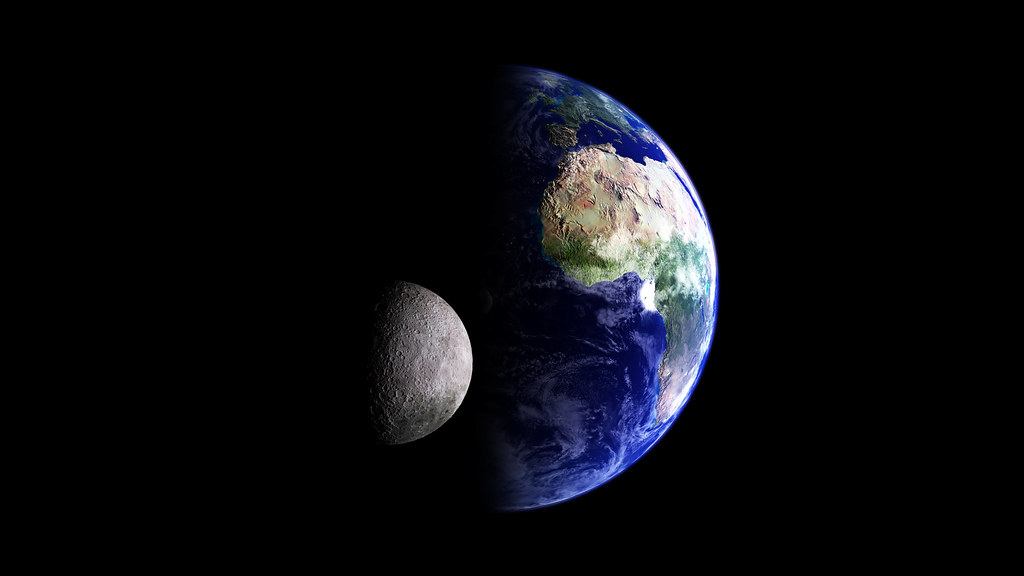
Here’s where the story gets even stranger. Statistical analysis shows that the day length stalled at about 19 hours for about 1 billion years during the mid-Proterozoic. Scientists suggest that the accelerative torque of atmospheric thermal tides from solar energy balanced the decelerative torque of lunar oceanic tides, temporarily stabilizing Earth’s rotation.
This stalling coincides with a period of relatively limited biological evolution known as the boring billion. Imagine that – for one billion years, Earth basically hit the snooze button on time itself. Days were a consistent 19 hours long, neither getting longer nor shorter.
The Invisible Forces at Work
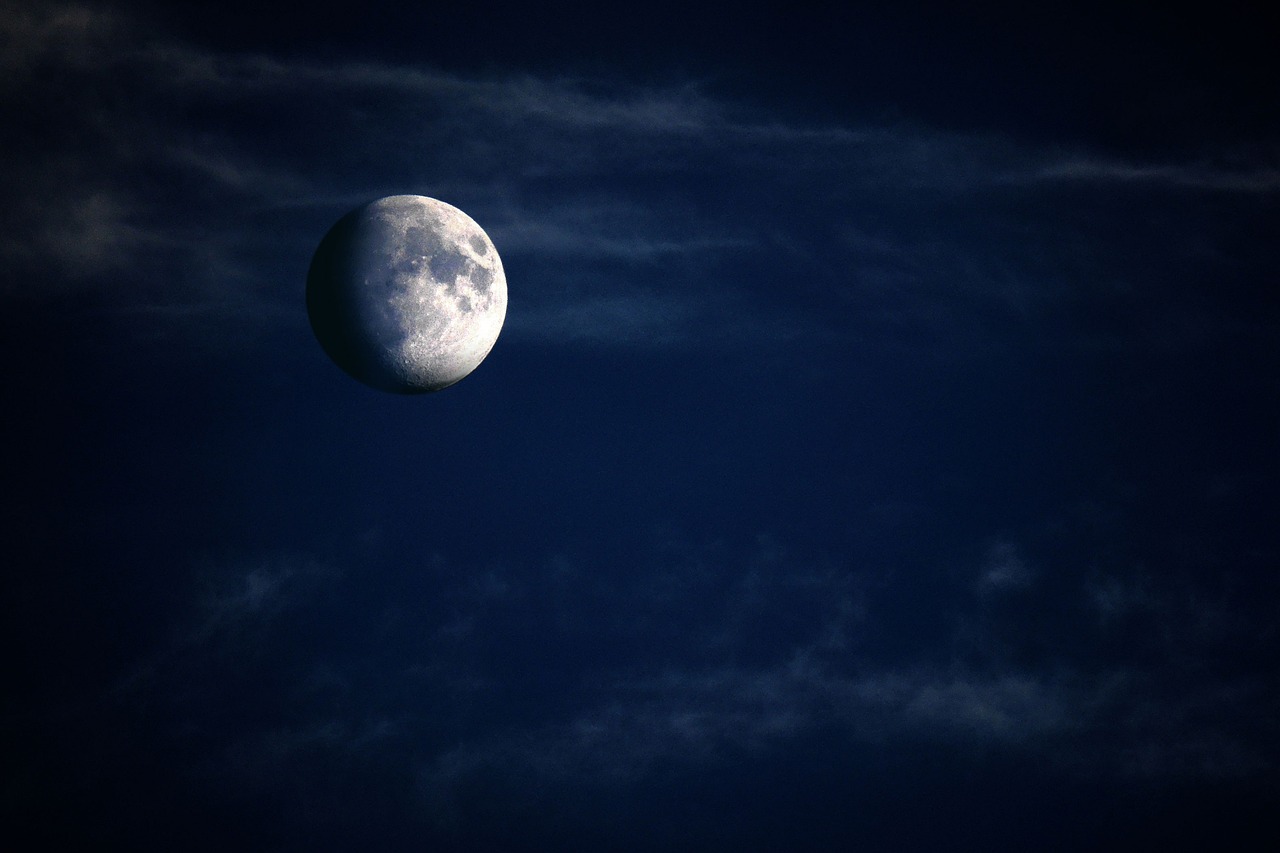
The real magic happens in ways most people never think about. Earth’s tidal bulges don’t line up exactly with the Moon’s position. Earth’s spin carries the tidal bulge forward because Earth’s spin is much faster than the Moon’s orbital period. This means that the high tide bulges are never directly lined up with the Moon, but a little ahead of it.
Most of the energy dissipation occurs in a turbulent bottom boundary layer in shallow seas such as the European Shelf around the British Isles, the Patagonian Shelf off Argentina, and the Bering Sea. The dissipation of energy by tidal friction averages about 3.64 terawatts. That’s more power than all the electricity consumed by a quarter billion Americans!
Tidal Locking: Nature’s Ultimate Synchronization
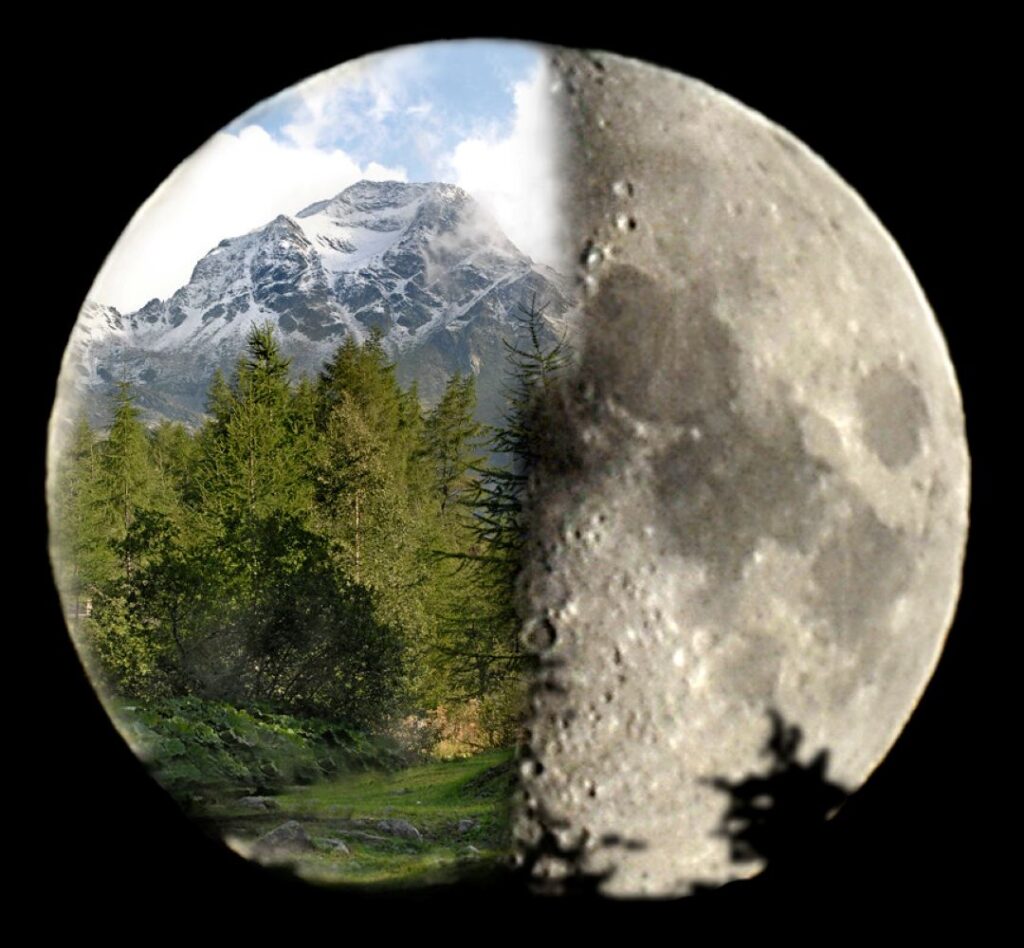
The Moon originally rotated at a faster rate, but early in its history its rotation slowed and became tidally locked as a result of frictional effects associated with tidal deformations caused by Earth. This is why we only see one face of the Moon – it’s spinning at exactly the same rate it orbits Earth.
In the distant past, the Moon was rapidly spinning close to the Earth. But then gravity from Earth’s huge mass began to take effect. Tidal forces allowed the Moon to drift away from the Earth in its orbit, and slowed its spin. Think of it like a figure skater extending their arms – as the Moon moved away, everything slowed down.
The Future of Time
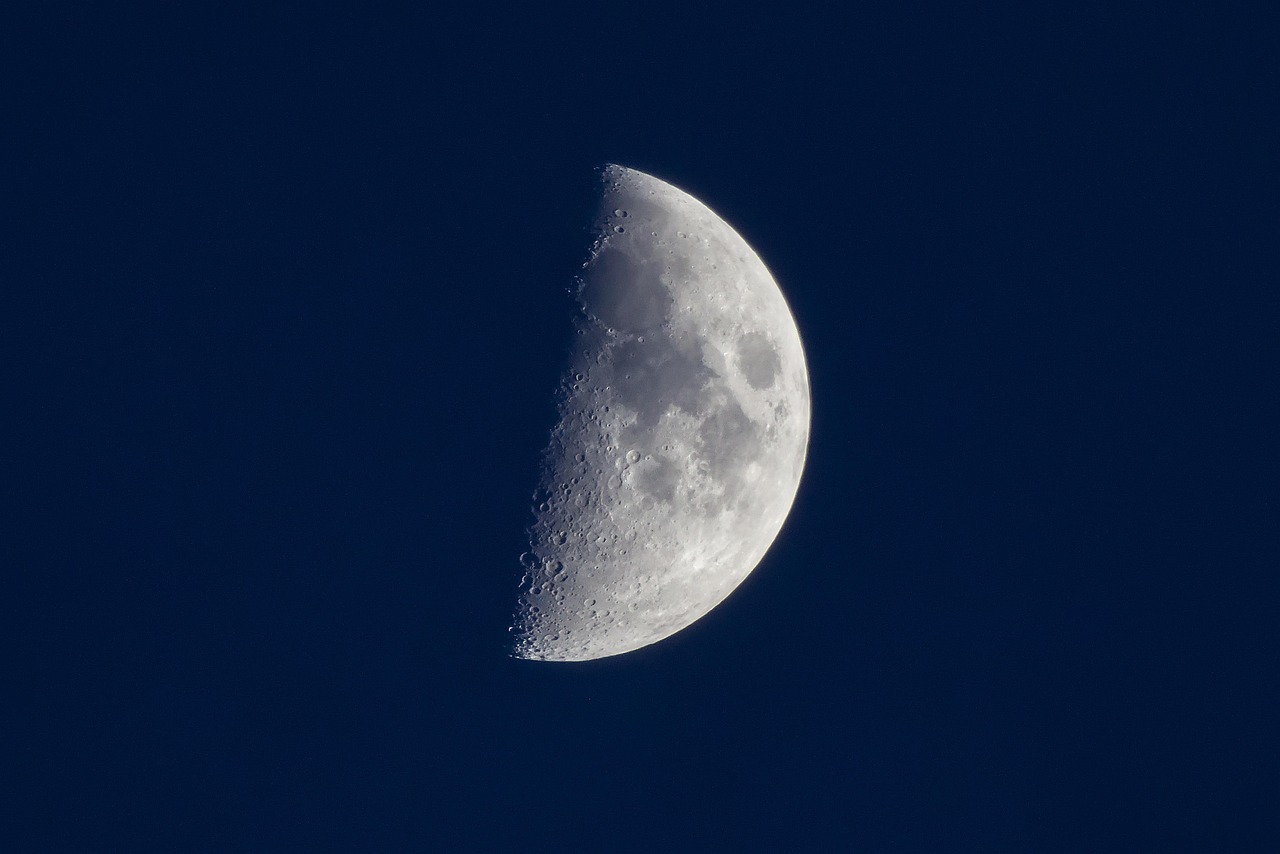
The Moon and Earth’s gravitational tug of war is slowing down Earth’s rotation. If it were not for the Sun’s eventual demise, this would continue until the Earth and Moon were tidally locked. In this situation, both the Moon and Earth would spin at the same rate of 27 days, showing the same face to each other.
About 50 billion years from now, if the Moon and Earth could somehow avoid the eventual death of the Sun, the Moon would be so far away that Earth would also tidally lock to the Moon. Imagine a world where one side is in permanent daylight and the other in eternal night!
What We’ve Lost Along the Way

Tidal energy is lost to friction at a slightly higher rate than the rate of consumption of electrical energy by all quarter billion residents of the United States. This massive energy drain is literally slowing down our planet. Since the 1970s, we have been officially adjusting our daily time-reckoning with leap seconds that are added every few years at the end of June or December.
These leap seconds are humanity’s acknowledgment that time itself isn’t perfectly regular. Our atomic clocks are so precise that they can detect the Moon’s influence on Earth’s rotation, something our ancestors could never have imagined.
The Ripple Effects We Never Consider

The biggest impact would be destabilizing the Earth’s rotation. Today, Earth’s axis is tilted at 23.4 degrees with respect to our orbit around the Sun, with a slow wobble taking around 26,000 years to go full circle. It’s also quite gentle, moving the Earth’s axis by just 2.4 degrees. But without the Moon to stabilize it, this wobble would become erratic and extreme.
The Moon isn’t just changing our day length – it’s been the guardian of Earth’s climate stability for billions of years. Without it, our planet would wobble chaotically, causing extreme climate variations that would make life as we know it nearly impossible.
Conclusion
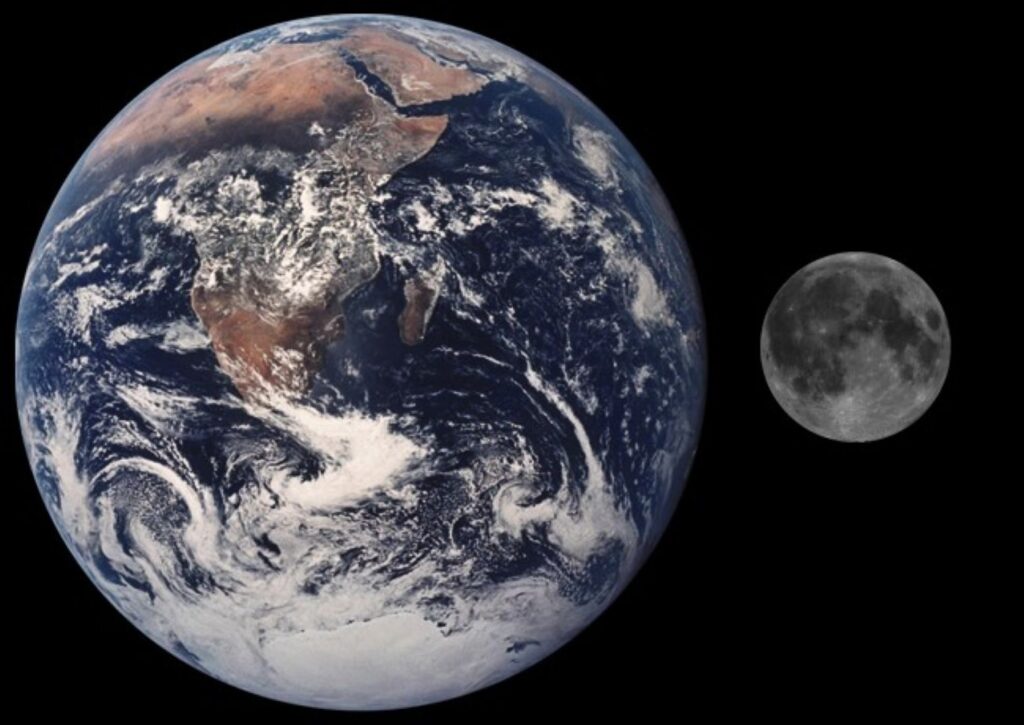
The next time you glance up at the Moon, remember that you’re looking at Earth’s timekeeper, the silent architect of our days. It has been gradually stealing energy from our planet’s rotation for over 4 billion years, turning our frantic nine-hour days into the comfortable 24-hour rhythm we know today. The Moon’s influence reaches far beyond the romantic notions of poets and lovers – it’s literally written in the fabric of time itself.
This cosmic relationship continues today, with each tide that rolls onto our shores carrying away a tiny fraction of Earth’s rotational energy. The Moon keeps creeping away, and our days keep getting infinitesimally longer. What started as a violent collision billions of years ago has become the most gentle, persistent force shaping our world.
Did you ever imagine that something so serene could be so powerful?




